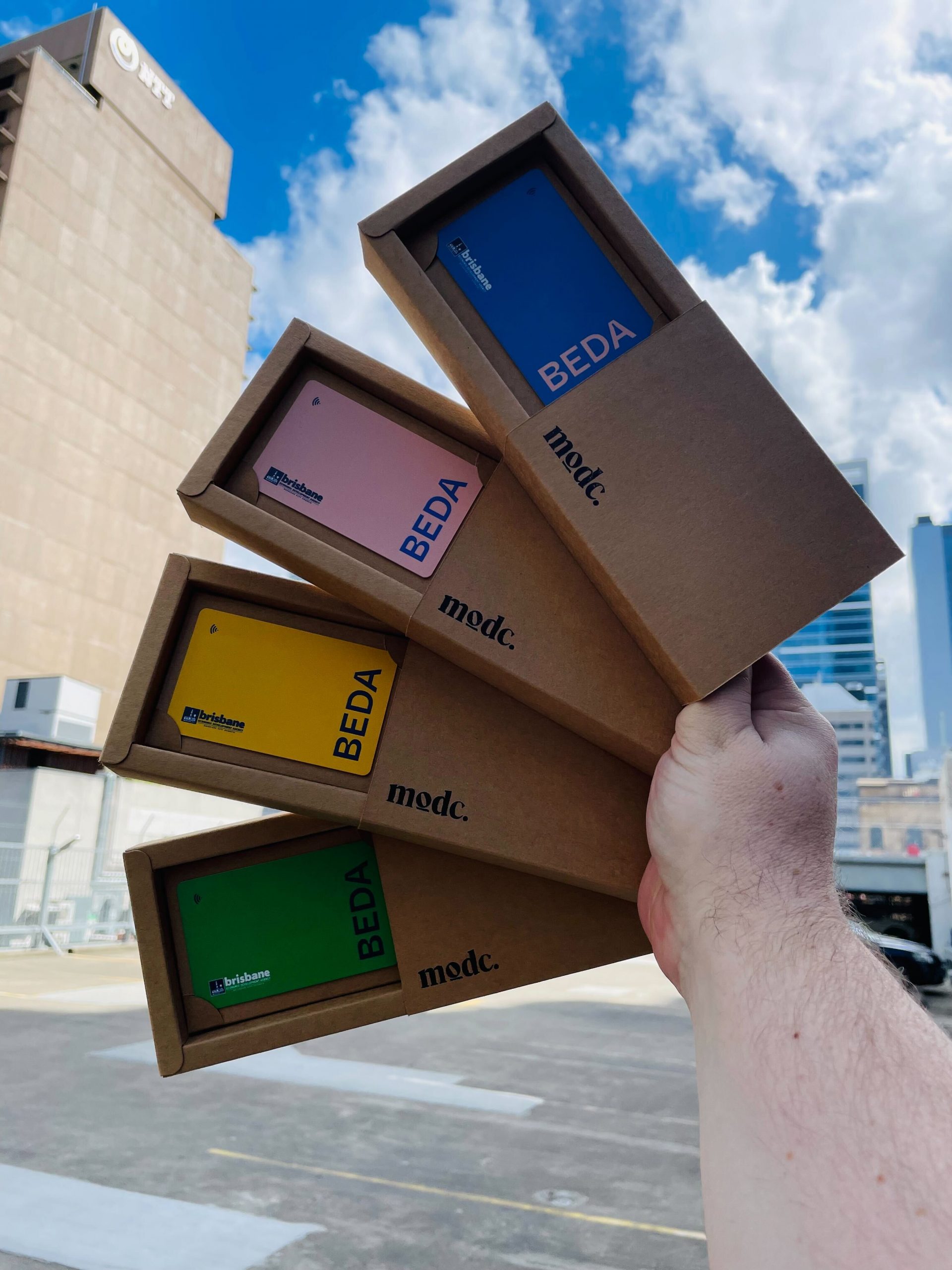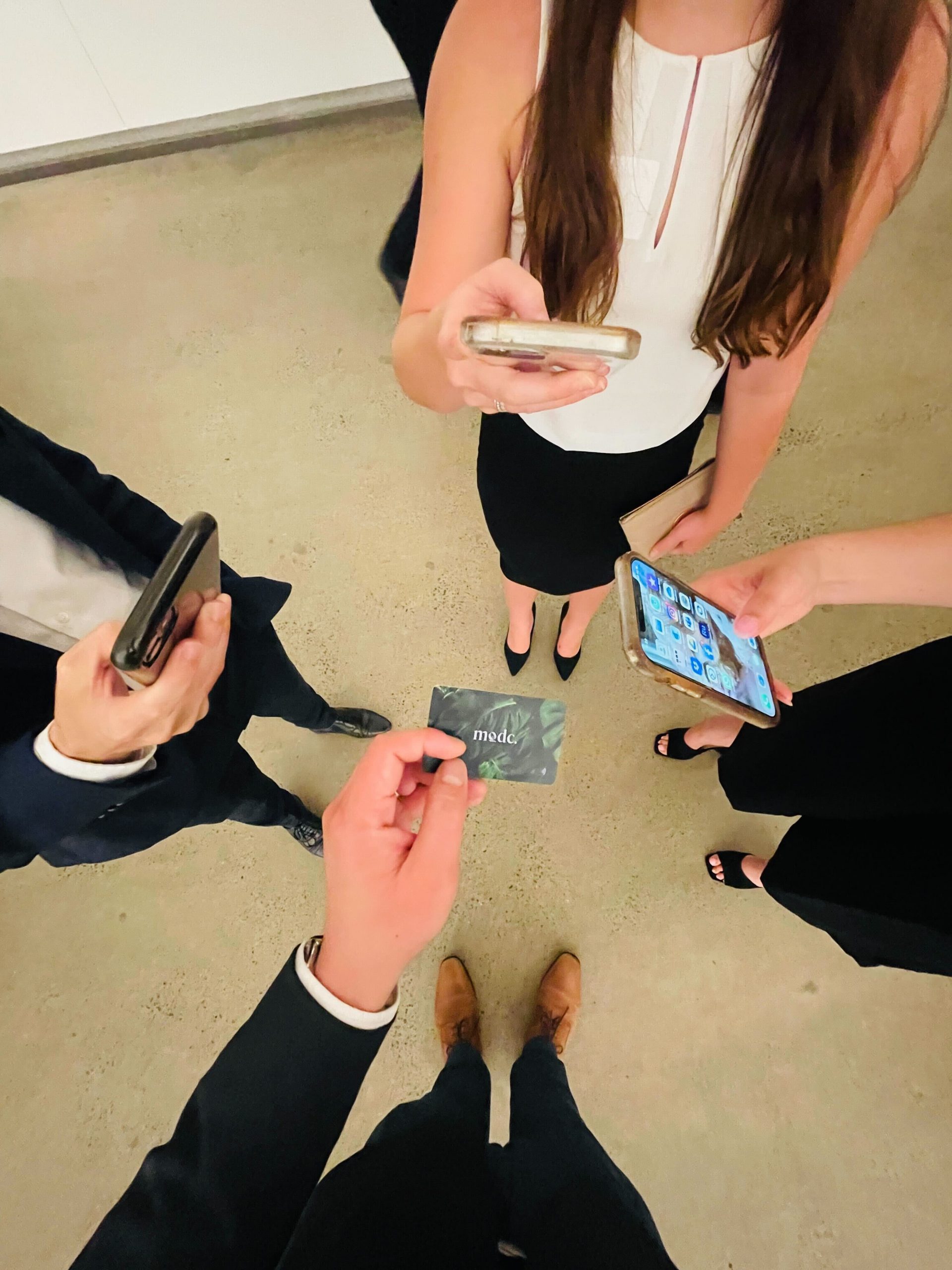The natural solution for the business minded when it comes to paper business cards is to team up the collection of these to LinkedIn. It does only seem natural to do so. Yet, there’s a few pitfalls to this as we’ve all become accustomed to.
When LinkedIn becomes your ‘virtual rolodex’, quickly you learn not everyone buys into LinkedIn and it’s virtues, so 30% of the time it’s a fail. And what if you do find them but they never ‘accept’ your invite, there goes another 30% (if you’re lucky). Now that you have them on LinkedIn, how to organise all these connections and keep conversations and prospects flowing? It’s great fun to have a new inbox to manage now, hey… because wasn’t the point of snagging their card to put their details to use and drive a relationship with them. Clearly this ‘virtual’ directory of contacts falls short in several areas.
As businesses, why haven’t we found a replacement for the paper business card?
The simple answer. Simplicity. Business cards have been around since the 15th century, and if we’re honest they are somewhat effective given their intended purpose. Well kind of, because we don’t really factor in the recipient and we’ve all been there. The constant stack of paper business cards cluttering our desks, cards, homes, really not doing anything and yet for some reason valuable enough not to throw away. And what if we acknowledge the 88% of cards going in the trash within 7 days of being given out. Perhaps not so effective as a business tool.
Plus, aren’t we meant to be more technology and digitally aware and advanced? We hold and guard these bits of paper like priceless pieces of artwork, and then leave it to chance that this super important person you’re talking to will keep it long enough to use it. Quickly we can now see our ever trusty partner in business is the slacker, the wasteful one, the pointless object. A business card is created digitally, printed on paper, handed out, then if all goes well converted back into digital language (or just thrown away). And yet, it doesn’t have to be like this.
A business card can be a conversation starter, a remembered piece, an actual smart bit of kit to drive a business forward and create opportunities and remove inefficiencies.
Does any of this sound familiar to you? Not only is it a sad state of affairs, it’s a highly inefficient and wasteful process. And we know you don’t want your business to feel or look like that…
Viewing the problem in this context, it makes perfect sense to transition from paper to digital business cards. Digital business cards still have the physical of being a business cards and still retains the ceremony of detail exchange and being pointed in swapping or sharing details with others. We humans have clung to using paper business cards because there is friction when using digital cards. But recent times have considerably helped us jump forward with tech, so now is the best time to adapt and evolve.
Let’s say you receive 10 business cards at a business conference or networking event and it takes you 5-10 minutes to manually enter each card contact info into your Contacts or to scan the cards using a card scanner, you’ve already recouped your time investment, and that’s before you’ve dived down the LinkedIn rabbit hole. If you go to 10 business conferences, expos, or networking events in a year (you’re probably doing 10 a month), that’s a significant amount of time you’ve gained back. Then there’s the convenience of being able to organise cards, sort them by category, add notes, add them to your Contacts, export them to your Gmail, Outlook, Salesforce, SAP, etc. Less time spent looking for a card and less likely to lose a card as well. Think of all that time and convenience gained by using a modern business card.
And we know, time is money, using a modern business card has a lot of business value.




0 Comments